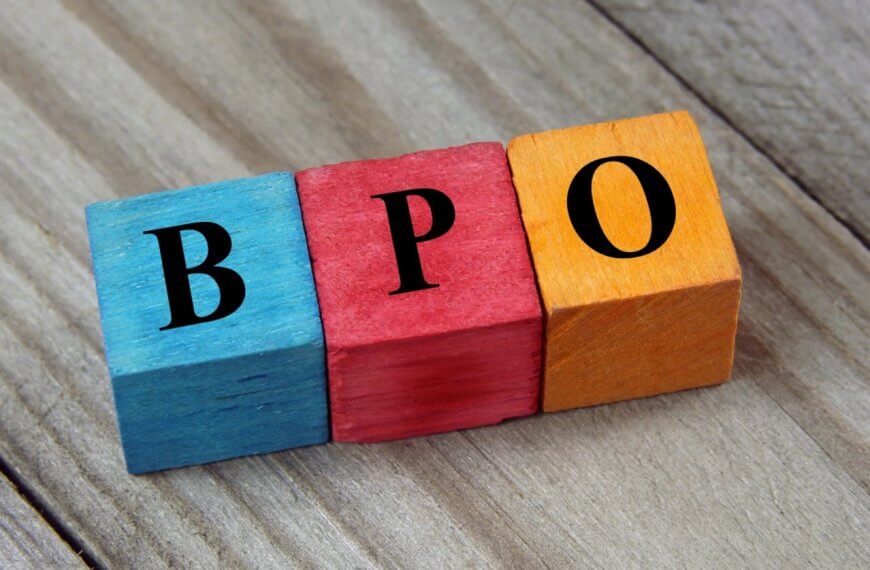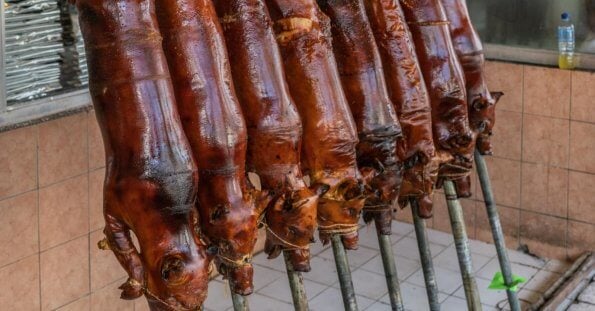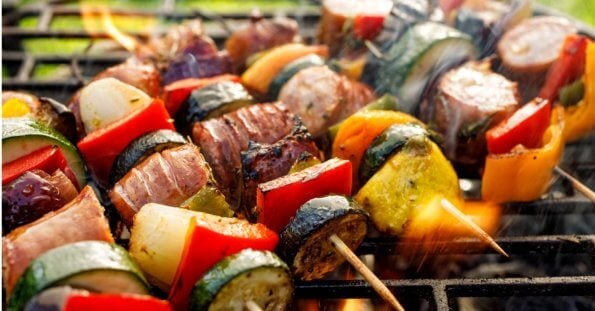Holy Week is a time of great significance and deep reflection for Catholics around the world. Spanning from Palm Sunday to Easter Sunday, it commemorates the final days of Jesus Christ’s life, his crucifixion, and resurrection. It’s a week that carries immense spiritual weight, as it allows the faithful to come together, reflect on their beliefs, and celebrate the core tenets of their faith.
During Holy Week, Catholics participate in various rituals and ceremonies that help them connect with the passion, death, and resurrection of Jesus. These traditions not only remind them of the sacrifices Jesus made but also offer a sense of hope, as they celebrate the ultimate triumph of life over death.
As Holy Week unfolds, you’ll find that it’s a time for prayer, penance, and introspection. Many Catholics attend Mass throughout the week and engage in acts of charity and kindness, following Jesus’ teachings and example. From somber processions to joyful Easter celebrations, this sacred week brings millions of people together, transcending cultural and geographical boundaries.
So, whether you’re a devout Catholic or simply interested in learning more about these rich and meaningful traditions, Holy Week offers a beautiful opportunity to witness the faith, devotion, and unity that unite believers across the globe.
10 Countries and their Holy Week Traditions and highlights
| Country | Celebration & Traditions | Tourist Highlights |
|---|---|---|
| 1. Spain | Vibrant processions, saetas (flamenco songs), and nazarenos. | Semana Santa in Seville, Granada, and Málaga. |
| 2. Italy | Passion Plays, Good Friday processions, and the Easter Mass at the Vatican. | Rome, Vatican City, and Sicily’s Misteri di Trapani. |
| 3. Philippines | Salubong, flagellation rituals, and the procession of life-sized statues. | Pampanga‘s Maleldo, Marinduque’s Moriones Festival. |
| 4. Guatemala | Colorful processions, intricate sawdust carpets, and traditional garments. | Antigua Guatemala, and the city of Quetzaltenango. |
| 5. Greece | Candlelit processions, Epitaphios, and Anastasi (Resurrection) celebrations. | Athens, Corfu, and Patmos Island. |
| 6. Poland | ?wi?conka (blessing of the Easter baskets), church processions, and Lany Poniedzia?ek (Wet Monday). | Kraków, Wroc?aw, and Warsaw. |
| 7. Mexico | Passion plays, silent processions, and the burning of effigies of Judas. | Taxco’s Semana Santa, and Iztapalapa’s Via Crucis. |
| 8. Peru | The Lord of Miracles procession, Andean rituals, and traditional dishes. | Cusco, Ayacucho, and Lima. |
| 9. France | Omelette Festival, church bells, and traditional Easter markets. | Bessières, Haux, Alsace region, and Paris. |
| 10. Ethiopia | Fasika (Ethiopian Easter), pilgrimages, and candlelit processions. | Lalibela, Addis Ababa, and Axum. |
In conclusion, Holy Week traditions and highlights provide a deeply spiritual and culturally enriching experience for both devotees and visitors alike. These customs, which often include Visita Iglesia, the Stations of the Cross, and processions, serve as an opportunity for the faithful to reflect upon and commemorate the passion, death, and resurrection of Jesus Christ. They also allow communities to come together in prayer and solidarity, fostering a sense of unity and shared faith.
The rich history and architectural beauty of churches visited during Visita Iglesia further enhance the significance of these traditions. While participating in Holy Week activities, one can appreciate the blend of religious and cultural elements that define the unique character of each celebration. In Metro Manila, the vibrant and diverse Holy Week practices not only strengthen the spiritual bonds of the local population but also offer a profound and immersive experience for those who wish to learn more about the Filipino Catholic faith.















